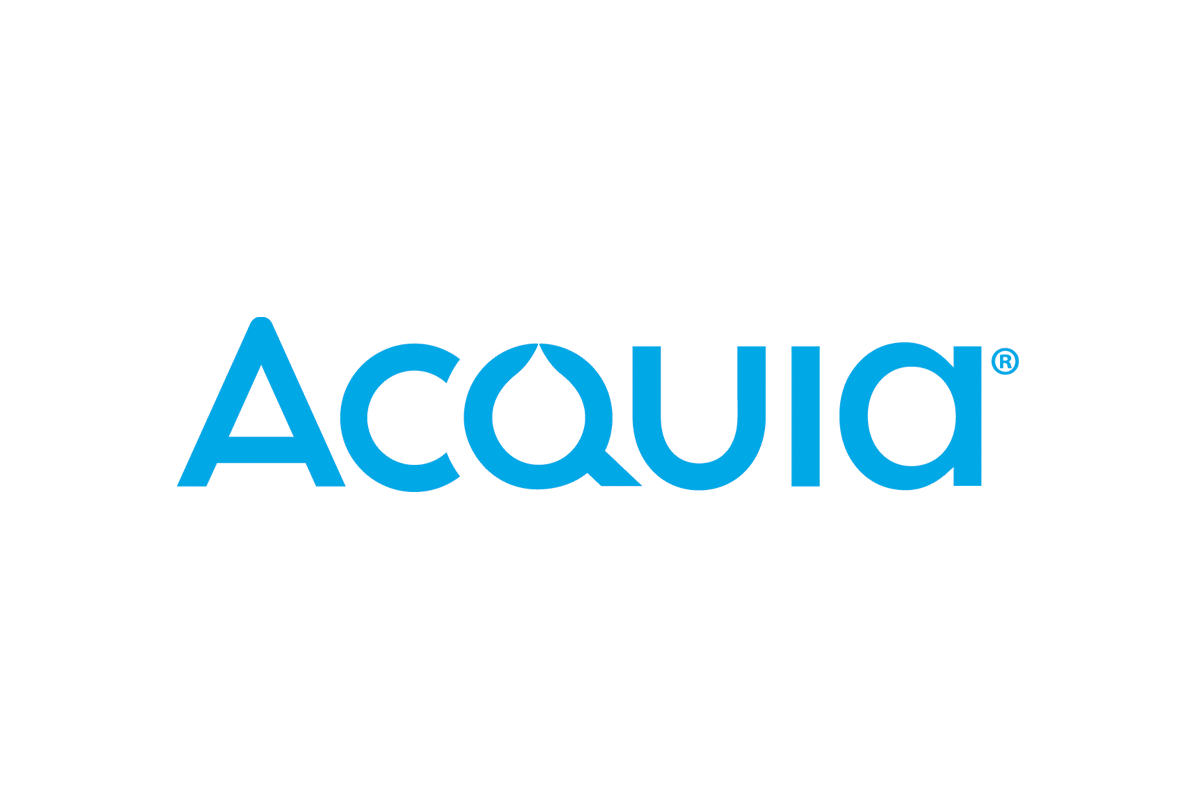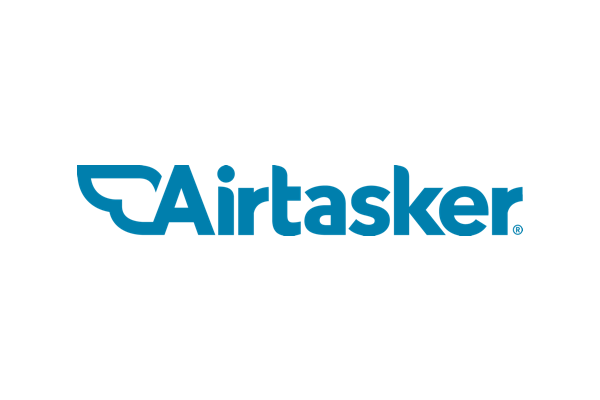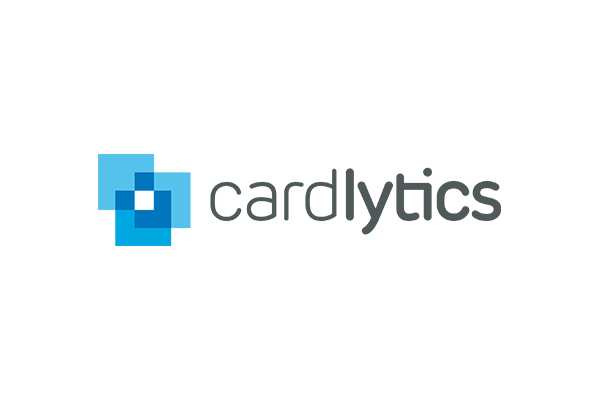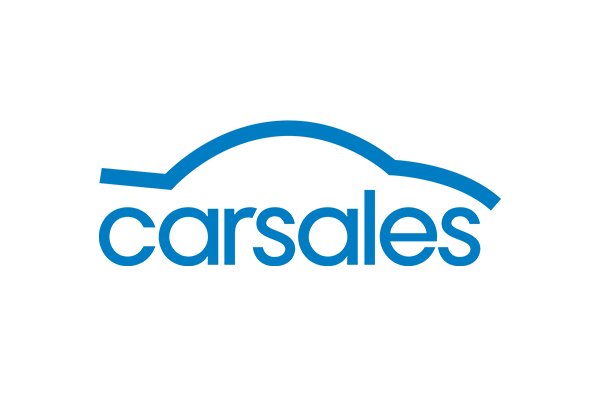
Get the report
More
Tool sprawl from years of rapid growth doubled Acquia’s work and limited its end-to-end visibility.
Through years of rapid growth, Acquia’s portfolio has expanded to comprise a wide range of platforms, components, and systems — all reporting telemetry. Capturing this telemetry was important for Acquia to evaluate performance across its entire distributed landscape, so the company adopted Sumo Logic for log monitoring and another provider for alert and event monitoring.
However, this approach was creating challenges. Using two providers for telemetry created double the work. Users had to navigate and learn two systems. In addition, the tool sprawl meant that the company had a gap in visibility with no way to obtain an end-to-end view of logs, metrics, and events in one place.
To improve efficiency and gain holistic visibility across its many use cases, Acquia decided to consolidate tools and centralize on a single observability platform. They considered all options, including the possibility of a build versus buy approach. Upon completing this comprehensive review, Acquia determined that Sumo Logic satisfied the criteria better than any of the alternatives under consideration.
At the end of the evaluation period, Sumo Logic emerged as the partner of choice. By the time the contract was signed the timeline remaining was six months to consolidate all telemetry. A tier one project with many dependencies, a wide range of teams collaborated to migrate at top speed.
“More than 25 Acquia and eight Sumo Logic engineering teams directly interfacing with each other, engineers working with engineers. Sumo pulled out all the stops and delivered over 50 features in this timeframe. And, of course, they've continued delivering features post-migration to enable our requirements. Finally, the end result was that consolidation was achieved on time and under budget.” shared Farnoosh Azadi Director of Engineering at Acquia
Gained greater efficiency and user adoption
With easy and intuitive integrations, Acquia quickly ingested logs from extensive sources, ranging from user-facing applications like PagerDuty and Slack to logs from the company’s various products and software designed purely for infrastructure purposes, including Kubernetes, Varnish, php, MySQL, Apache, and others.
Now that the company only manages third-party integrations for a single telemetry platform, Acquia has eliminated rework cycles and gained greater efficiencies. “There's no duplication of our integrations or any compatibility issues. All our internal users can now focus on building their expertise on Sumo Logic, so everything is straightforward and our adoption is widespread,” said Azadi.
Empowered technical and non-technical teams alike
Sumo Logic’s cloud-native platform has brought structure, clarity, and end-to-end visibility across Acquia’s wide-ranging observability needs. With Sumo Logic’s powerful data analytics powered by logs, Acquia can evaluate the performance of the entire distributed landscape to make business predictions based on observability and infrastructure monitoring data.
In addition to the team using telemetry to manage the health and performance of production systems, a wide range of groups across the organization rely on the platform for their day-to-day operations. For example, the front-end teams collect data from customer-facing sites and systems to track the customer experience and the health of key user interfaces within Acquia Cloud and other products.
Teams across Acquia rely on Sumo Logic’s dashboards and rich query language to filter, parse, and manipulate aggregated data to gain valuable insights. The observability platform is so straightforward to navigate that technical and non-technical teams have created custom dashboards for their business needs. The quality engineering (QE) teams rely on a range of dashboards to track and report on test results; account managers use dashboards to keep a watchful eye and audit customer servers; and the support teams use telemetry and dashboards to manage incident response and monitor health diagnostics to deliver a high-quality experience for customers.
Deliver real-time insights at massive scale
As part of its commitment to quality, Acquia provides a 99.95% uptime service level agreement for customers. Delivering on this commitment requires real-time information from Sumo Logic about the health and performance of the infrastructure running the customer products.
To provide a continuous picture of the infrastructure, Sumo Logic scrapes telemetry from more than 20,000 geographically distributed EC2 servers, thousands of Kubernetes pods, and a wide range of logs from a mix of other collection mechanisms. With the infrastructure data ingested and rendered in real-time at a massive scale, Acquia’s experts identify any early warning indicators and rapidly address them before they escalate.


